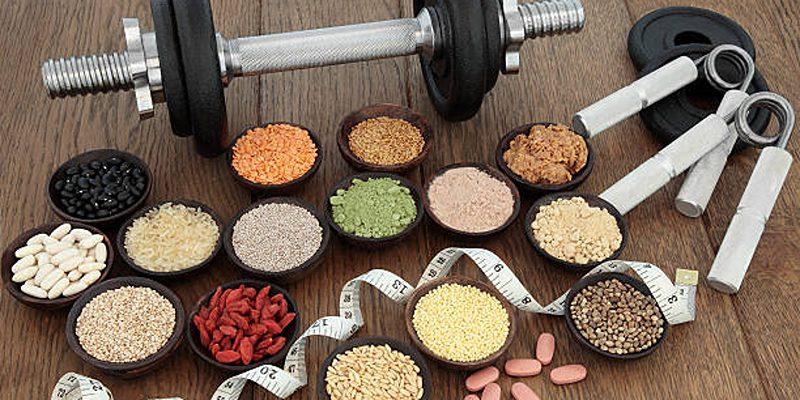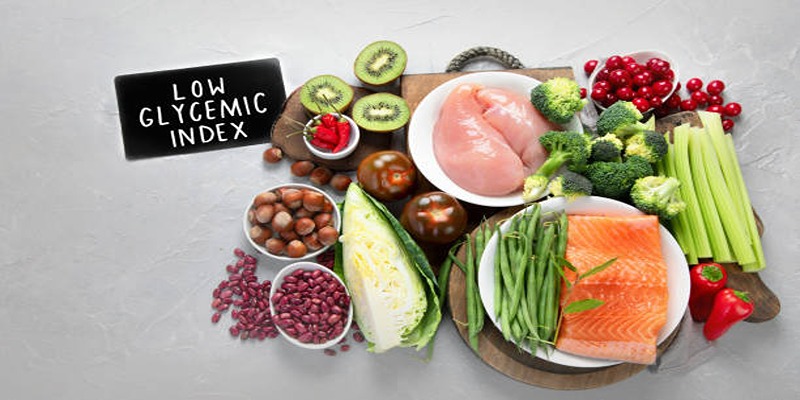Strength training is not just for building muscle; it empowers the mind and body, fostering confidence and resilience. For women, weightlifting offers numerous benefits, from boosting metabolism to enhancing overall health. This guide will debunk myths, provide practical tips, and help women confidently explore the rewarding world of weightlifting.
Why Weightlifting Matters for Women
Weightlifting provides health benefits beyond appearance enhancement because it creates substantial value for physical and mental wellness. The practice of strength training creates muscle mass while building denser bones, it helps in weight control and enhances mood as well as delivers elevated energy. The exercise serves women specifically to fight against age-related muscle loss while maintaining hormone stability, improving body posture and movement functionality.
Besides physical wellness weightlifting supports self-confidence development. Strengthening the body also develops mental toughness. Women who engage in regular strength training sessions achieve better self-esteem combined with decreased anxiety according to research which proves its total body and psychological benefits.
Debunking Myths About Women and Weightlifting
Myth 1: "Weightlifting Will Make Women Bulky"
Many believe that lifting heavy weights will lead to an overly muscular physique for women. However, this is a misconception. Instead, weightlifting helps create a lean, toned, and strong physique—highlighting strength, not bulk.
Myth 2: "Cardio Is Better for Fat Loss Than Weightlifting"
While cardio is effective for burning calories, weightlifting offers a unique, long-lasting advantage. Through the "afterburn effect," your metabolism stays elevated even after your workout ends, burning additional calories throughout the day. Strength training also helps preserve muscle mass during fat loss, resulting in a more toned, healthier, and well-balanced body composition.
Myth 3: "Strength Training Is Dangerous for Women"
When practiced correctly, strength training is safe and incredibly rewarding. With proper form, gradual progression, and guidance where needed, the risk of injury is minimal. In fact, weightlifting builds not only physical strength but also confidence and resilience, empowering women to feel strong both inside and out.
Starting the Journey: Setting Goals
Before picking up a dumbbell or stepping into a squat rack, it is important to set clear, achievable goals. These can include:
- Building general strength
- Improving athletic performance
- Enhancing body composition
- Boosting endurance
- Rehabilitation after injury
Setting clear goals helps tailor the training program and keeps motivation high.
Weightlifting Basics:
Compound vs. Isolation Exercises
- Compound Exercises: These movements engage multiple joints and muscle groups, making them essential for building overall strength. Examples include squats, deadlifts, bench presses, and pull-ups. They serve as the cornerstone of any effective strength training program.
- Isolation Exercises: These target a single muscle group, such as bicep curls or tricep extensions. While they’re ideal for refining and strengthening specific muscles, they work best as a supplement, not a replacement, for compound exercises.
Reps, Sets, and Rest
- Repetitions (Reps): The number of times you perform a specific exercise in a row.
- Sets: A collection of repetitions. For example, completing 3 sets of 10 squats means performing the exercise for 10 reps, resting, and repeating two more times.
- Rest: Breaks between sets are crucial for recovery and maintaining performance.
A common beginner’s program might include 3 sets of 8–12 reps for key compound lifts, with 60–90 seconds of rest between sets to allow optimal recovery.
The Importance of Progressive Overload
Progressive overload is the gradual increase of weight, frequency, or repetitions in your workout routine. This principle is essential for building strength and muscle growth, as it challenges your body to adapt to higher demands. Without it, progress stagnates, and you’re likely to hit a plateau.
Essential Weightlifting Movements for Women
Strength training is a powerful way to build muscle, improve overall fitness, and enhance confidence. Here are five key weightlifting exercises every woman should include in her routine, along with tips to perfect your form.
Squats
A fundamental exercise, squats target the quadriceps, hamstrings, glutes, and core, creating a strong foundation for countless other movements.
Pro Tips:
- Keep your chest lifted and gaze forward.
- Drive through your heels for stability and power.
- Maintain a neutral spine to protect your back.
Deadlifts
Deadlifts are unbeatable for strengthening the posterior chain, working the glutes, hamstrings, and lower back.
Pro Tips:
- Hinge at your hips, not your waist, to guide the movement.
- Keep the barbell close to your body for better control.
- Avoid rounding your lower back to prevent injury.
Bench Press
A timeless classic, the bench press is perfect for building strength in the chest, shoulders, and triceps.
Pro Tips:
- Plant your feet firmly on the ground for stability.
- Keep your wrists straight to maintain proper alignment.
- Lower the bar to mid-chest level in a controlled motion.
Rows
Rowing exercises are essential for balanced upper body strength, targeting your back and arms.
Pro Tips:
- Focus on squeezing your shoulder blades together at the top of the movement.
- Move with control, avoiding jerky or rushed motions.
- Resist the urge to use momentum—let your muscles do the work.
Overhead Press
The overhead press is a fantastic way to strengthen your shoulders, upper back, and core while improving overall stability.
Pro Tips:
- Keep your core engaged throughout the lift for support.
- Press the barbell in a straight line directly above your head.
- Avoid arching your lower back by maintaining good posture.
Nutrition and Recovery: Key to Strength Gains

Proper nutrition is essential for building strength and supporting recovery. Women should focus on a well-rounded diet that includes:
- Lean proteins like chicken breast, fish, tofu, and legumes to repair and build muscle.
- Complex carbohydrates such as brown rice, quinoa, and oats to fuel workouts and restore energy.
- Healthy fats from sources like avocado, nuts, and olive oil to support overall health.
- A variety of fruits and vegetables to supply essential vitamins and minerals.
Staying hydrated is equally important—well-hydrated muscles perform better and recover more efficiently.
Recovery is where real progress happens, making it a critical part of any strength-building routine. Prioritize 7–9 hours of quality sleep each night, incorporate stretching and foam rolling, and include active rest days. These practices help repair muscles, reduce soreness, and prepare your body for the next workout.
Conclusion:
Weightlifting is one of the most empowering activities a woman can pursue. It strengthens not only the body but also the mind and spirit, fostering confidence and resilience. Regardless of where you begin, with commitment, proper guidance, and a positive mindset, every woman has the ability to redefine what strength means on her own terms. Start today, lift with purpose, and watch as strength—physical, mental, and emotional—becomes an integral part of your journey.












